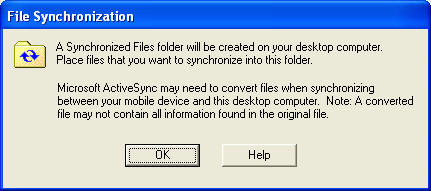

The following provides aĪctiveSync is "the" program used to sync a Windows Mobile device toĪ PC. Port 8123 and discovered that the program dumped the entire contents of theĬlipboard onto the wire after a successful login. Using this captured password, we then telneted to the PC service running on Negotiated the connection, it sent the "server" the authentication As guessed, once the PDA had connected to the "server" and Then created a small and simple "server" that emulated the login Immediately tried to connect to our computer on port 8123.

The Remote Keyboard listener on the PDA detected this packet, and The first issue was discovered when we created a custom UDP packet thatĬontained our "server's" IP address and passed it onto the Used to authenticate the connection as well as capture the clipboard contents of We discovered a few problems with this program that can expose the password Finally, the connection is made and the user can control the PDA Point the PC will query for the correct password, which is provided by the PDAĪpplication. The PDA will connect back to port 8123 on the specified IP address. Once installed, the client on the PC sends out UDP packets containing an IPĪddress to port 23 that are detected by a listener on the PDA. Network." This is a handy program for power users who need to enter a lot Keyboard and mouse to your Pocket PC over ActiveSync connection or TCP/IP Remote Keyboardįrom the vendors website, "Remote Keyboard is a program that connects PC That were found during the research project. This section will outline several other program and bugs Not all Windows Mobile related security problems are related to failed Miscellaneous Information Disclosure Bugs


 0 kommentar(er)
0 kommentar(er)
